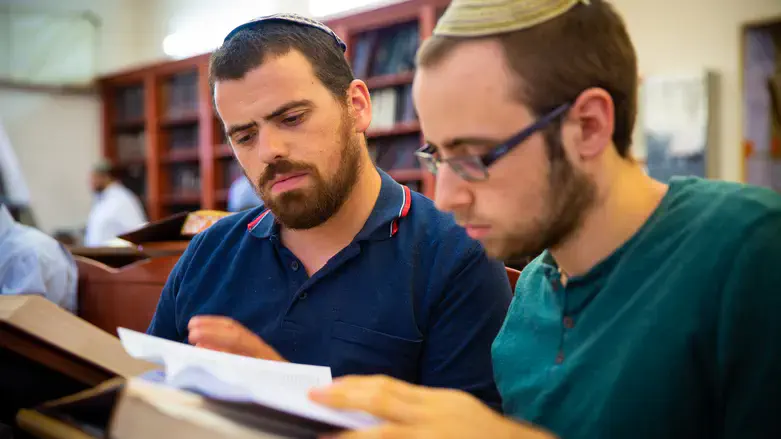
אנו מתפללים להחלמה מהירה של הפצועים ולשמירתם של ה' על חיילי ואזרחי ישראל.
Presented By: Rav Moshe Davis Written by: Yehuda Gold
In Parashat Mishpatim, the Torah connects the "Shalosh Regalim": Pesach, Shavuot and Sukkot with the seasons in the Land of Israel.
Question
What is the a connection between the "Shalosh Regalim" and the seasons in the Land of Israel?
Answers
1. The changing seasons reflect the national and spiritual development of Am Israel and the nation’s connection to God.
2. The connection of Am Yisrael and the Land allows the Land to feel her children’s experiences where each development has an impact on the Land.
Presented By: Ariel Finkelstein Written by: Nir Shaul
The Kuzari explains that the sanctity of the Land of Israel and the sanctity of time are interdependent.
Question
What is the connection?
Answers
1. Sanctified times allow Am Yisrael to sanctify itself as well as the Land to reach higher level of sanctity.
2. Determination of time (ie. establishing the appointed times) for Israel can be done only in the place of sanctity, since this is a Divine matter.
Location: Tzidkiyahu's Cave Subject: Tzidkiyahu's Cave
Reference: Haftara of Mishpatim; Yirmiyahu Perek 34 Posuk 21
Written by: David Magence
In fact, as Yerushalayim was being captured by the Babylonians,Tzidkiyahu escaped the city, only to be caught in the plains of Yericho (Melachim II Perek 25 Posuk 5).
Rashi (Sefer Yechezkel Perek 12 Posuk 13) cites a tradition that Tzidkiyahu escaped through a cave, whose western end was near the royal palace and eastern end at the plains of Yericho.
What today is called "Tzidkiyahu's Cave" is located beneath the walls of the Old City of Yerushalayim, between the Damascus gate and Herod's gate. However, since this cave has no exit, it cannot be the cave through which Tzidkiyahu attempted to escape.
In fact, the cave is a by-product of quarrying. Based upon the archeological evidence, it is clear that the quarrying was done during the Second Beit Hamikdash period. It is likely that this quarry was the major source of building stones for Herod’s expansion of Har HaBayit, including the Kotel HaMaaravi.
There are differing opinions concerning the possibility that quarrying was done there during the First Beit HaMikdash period.




